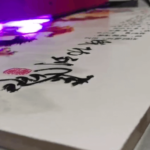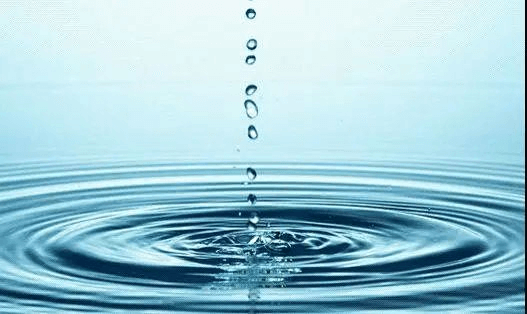
Tips | What is the Impact of Water Quality on Textile Printing and Dyeing?
- FninkJet

Due to different water sources, the water quality of textile printing and dyeing plants is also different. Generally, printing and dyeing factories use natural surface water or groundwater and tap water. Untreated natural water has various chemicals, mainly: calcium, magnesium, iron, sodium, carbonate, sulfate, chloride, which can greatly affect the dyeing of textiles.
The factors that affect the dyeing quality of water quality include: chroma, pH value, iron ion content, calcium ion content, etc.
When dyeing with reactive dyes, the effect of water hardness is relatively small, but when dyeing nylon with acid dyes, the effect of water hardness is more prominent. Excellent water quality not only makes the color of the fabric poor, but also has a great influence on dyeing by CI in the water.
The suspended matter of hard water affects the bleaching whiteness of the fabric. When dyeing the cheese yarn, it is easy to reduce the color brightness of the inner and outer layers of the cheese yarn. The high pH value of the water quality will affect the levelness of the light-colored fabric. The dyes will set, resulting in poor levelness and blooming.
Excessive iron ions will lead to color spots, color blooms, and shade wilting, and excessive calcium ions will cause bleached fabrics to turn yellow.
Hard water affects the vividness of the color, which not only leads to scaling of the heat exchanger and large energy loss, but also causes the phenomenon of “alkali spot” due to insoluble precipitates formed by calcium and magnesium ions and soda ash.
Share:
Categories
More Posts


What are the Reasons for the Color Deviation of UV Flatbed Printers?

What is the Difference Between LED Flatbed Printer and Traditional Inkjet Printing

